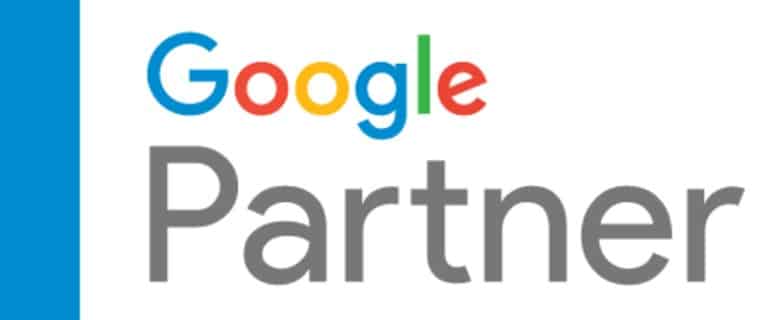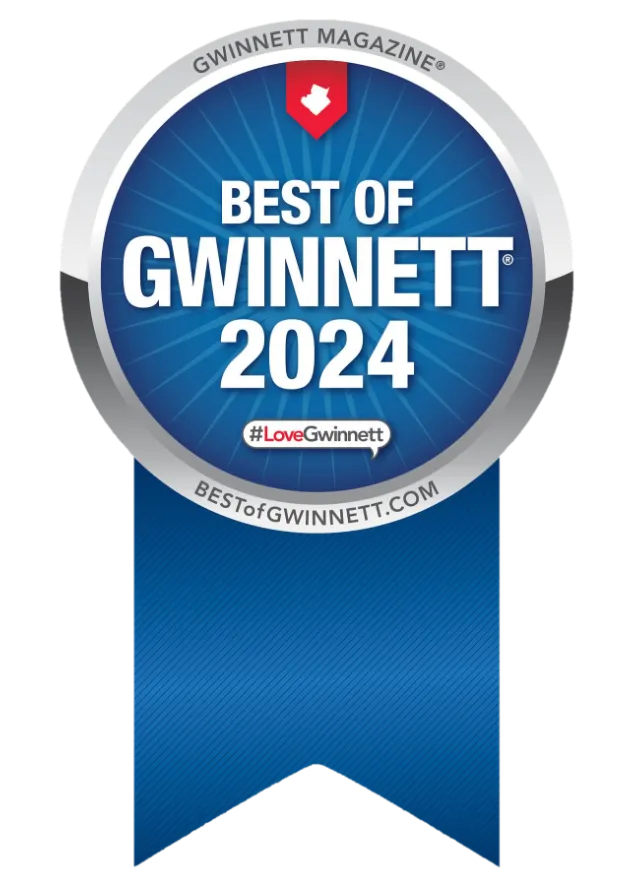“If you build it they will come.”
It was a whisper Ray Kinsella heard one day in his wheat field. From there, most people know he built a baseball field and famous dead players did, in fact, visit.
If only your website was the same way (well, except for the dead visitors. No one’s got time for that!)
Unfortunately, many business owners still hold on to that idea- that if they build a better website, potential customers will come flowing in.
Granted, if you have a website built by Alexander Grahm Bell’s son, it’s probably time to consider a new design, but simply having a website just isn’t enough these days.
That’s where marketing techniques like Google or Facebook Ads or SEO come in. These tools bring visitors to your business, and that’s really the idea of having a great website.
What is SEO?
In Digital Marketing, SEO stands for Search Engine Optimization. The most straightforward description is that it improves your site’s visibility in search engines like Google and Bing.
For example, let’s say you run the Acme Anvil Company (like the kind that Wile E. Coyote used to drop on the Roadrunner). When someone goes into Google and searches on anvils, you want the Acme website to be one of the first things they see. The higher your ranking, the more visible you are and the more chance you have of a customer clicking on your site. The further down they have to scroll, the less chance you have of being clicked on until the chances become virtually non-existent.
What Are the Benefits of SEO?
We turn to Google for all our answers like the Greeks turned to the Oracle of Delphi. The difference is that nearly everyone carries a little computer that dials around with them, so getting answers has never been easier in the history of mankind.
Search engines are one of the best ways of bringing targeted traffic to your website. People who come to you this way are already looking for what you do or what you sell. In short, they are more likely to buy. Good SEO can have you on the coveted front page of Google, where most clicks happen. Potential customers will see you before they lay eyes on your competitors.
SEO brings targeted traffic to your site. For many searches, the browser already knows the “what”. They’re just looking for the “where” and the “who”.
How Much Does SEO Cost?
The answer to this question is “it depends.” The answer will change depending on many factors like the competitiveness of the industry, the size of the geographic area you’d like to pull traffic from, etc.
Think about it. If you’re an HVAC company where all your competitors are pouring thousands of dollars into SEO and Google Ads, it’s a pretty sure bet that the guys who are offering $99/month SEO aren’t going to get you far. Most SEO nerds won’t turn their laptops on for that.
Also, if you’re a veterinarian clinic (or any other type of clinic for that matter), you’re most likely getting most of your customers from no farther out than a 15-20 mile radius. This gives you a geographic target to pull from and it’s naturally where your SEO needs to target. This kind of project is easier (not easy, but easier!) than trying to rank for a plumber that might drive a 50-mile radius and be more competitive.
That being said, the average cost of SEO in the United States is around $1000/month.
The most important thing to keep in mind about SEO is the return on investment. If you offer a product or service where one or two customers can pay your monthly SEO bill, then you’re in good shape to make money.
Win at SEO On a Shoestring Budget
SEO is something where everyone is striving for perfection, but no one ever actually achieves it. So whether you are learning it yourself or using a digital marketing agency (we know some good people!), it will be a constantly evolving process. It will not be a do it once; move onto the next job situation. You are going to have to keep revisiting this over and over again. Whoever gets the closest to perfect wins the race for the front page. But, you can use strategies and tactics to level the playing field against competitors with bigger budgets.
Here are some things you can do to start the process:
Google My Business
Small businesses and brick-and-mortar stores are obviously better off getting local customers than advertising across the nation. Optimizing your Google My Business (GMB) page (formerly known as Google Places) is one of the easiest ways to improve your local visibility.
Ensure that you own the page and can edit it. Make sure you complete all information on the page and be as accurate and descriptive as possible. For example, if you’re a Personal Injury Lawyer, specify that rather than just saying, Lawyer. Make sure there are plenty of keywords in there too although Google says they don’t pay attention to that, they also lie about some things as well.
On your GMB listing, you can get reviews. Do it! Putting a system in place where you get Google reviews not only helps your visibility, but it also helps convince potential customers to use your more.
Not only should you ask for customer reviews, but you’ll need to respond to each and every one. Be sure to be professional and appropriate. You want more visibility, but you don’t want to end up on CNN for the way you responded to a review (Yes, that happened. You don’t want that.)
Consider using the Posts to your advantage as well. It’s like a 300-word blog post platform. Post information about your products/services or anything that seems relevant to what you do. This is also part of what Google wants to see to rank you higher.
Target Long-Tail Keywords On Your Website
If you play around with SEO for long enough, you’re going to hear the term “long-tail keywords.” So what are they? Long-tail keywords refer to the specific phrases a user might type into a search engine.
Let’s assume you’re still trying to get your anvil business to rank in the search results. If you only try to rank for the word anvils, you’ll be up against a world of competition with, well, you know, all the other major anvil companies like Amazon, Gucci, eBay, Nike, Tesla, and whoever else might want to compete for the same real estate.
Targeting a longer keyword, like women’s anvils or the highly sought-after copper-colored steel anvils, will mean you’re more likely to search for these specific keywords on the front page of searches. So there will be fewer searches on those phrases, sure, but a lot less competition.
Aiming for an even longer-tail keyword, like “best anvil store in Boise, Idaho,” will mean you have eliminated even more competition. Sure your pond will be much smaller, but there won’t be that many lines in there trying to catch a fish.
A long-tailed keyword phrase usually has 3-5 words in the title. You might have to get a bit creative, but you can always use the Google Trends tool to help you identify some keywords that are well searched in your geographical area. To use this tool, simply type in up to 5 relevant keywords to your business separated by commas and click on your state to see which ones are searched most often. It’s as easy as that.
Put Keywords in Key Spots
Once you’ve figured out the long-tail keywords that work best for you, you or your web developer need to place them on your website. Getting them into the titles of pages, URLs, and content on the site is the best way to have a search engine find them. Overdoing it to the point where it becomes unnatural is known as keyword stuffing and will work against you. Once or twice on a page is enough.
Get Fresh Content on Your Site
Google is all about providing its users with the best possible experience; as such, Google loves fresh content. But not just any content. It must be original and high-quality content. Therefore, material that is correctly formatted and relevant to your audience also has high importance to Search Engines.
Once you have pages of high-quality content on your site, Google will view your site as valuable to people searching for your targeted keywords.
What is “high-quality” content? Good question. It’s completely subjective, but our advice is to work on putting up blog posts and pages on your site that has the most value to your potential customers. Content that educates and solves problems in a way that isn’t boilerplate is best. Call us and we’ll help you identify some strategies to help you with this more.
Get Some Links
Link building is one of the oldest and most effective SEO tools you can use. The search engines view a link from a high-quality source as an endorsement that your site has some value. The more quality links you have, the higher you will rank. It’s definitely more about quality than quantity.
Link building is a time-consuming process, but don’t try to cut corners. Using anything but genuine, high-quality links will harm your SEO. Some easy ones to get you started are linking with the Yellow Pages, local papers, business directories, and chambers of commerce. Most businesses can get an easy dozen links this way with only a few hours of work.
Key Takeaways
You can implement these simple tips with very little cost. Using a plan that involves these, among your strategies will improve your search engine ranking, and drive more visitors to your website. The most crucial step in SEO is starting.
If you’d like a free initial consultation about your website and whether it’s SEO friendly or not, give us a call. We’ll give you the information you need to make some informed decisions.


